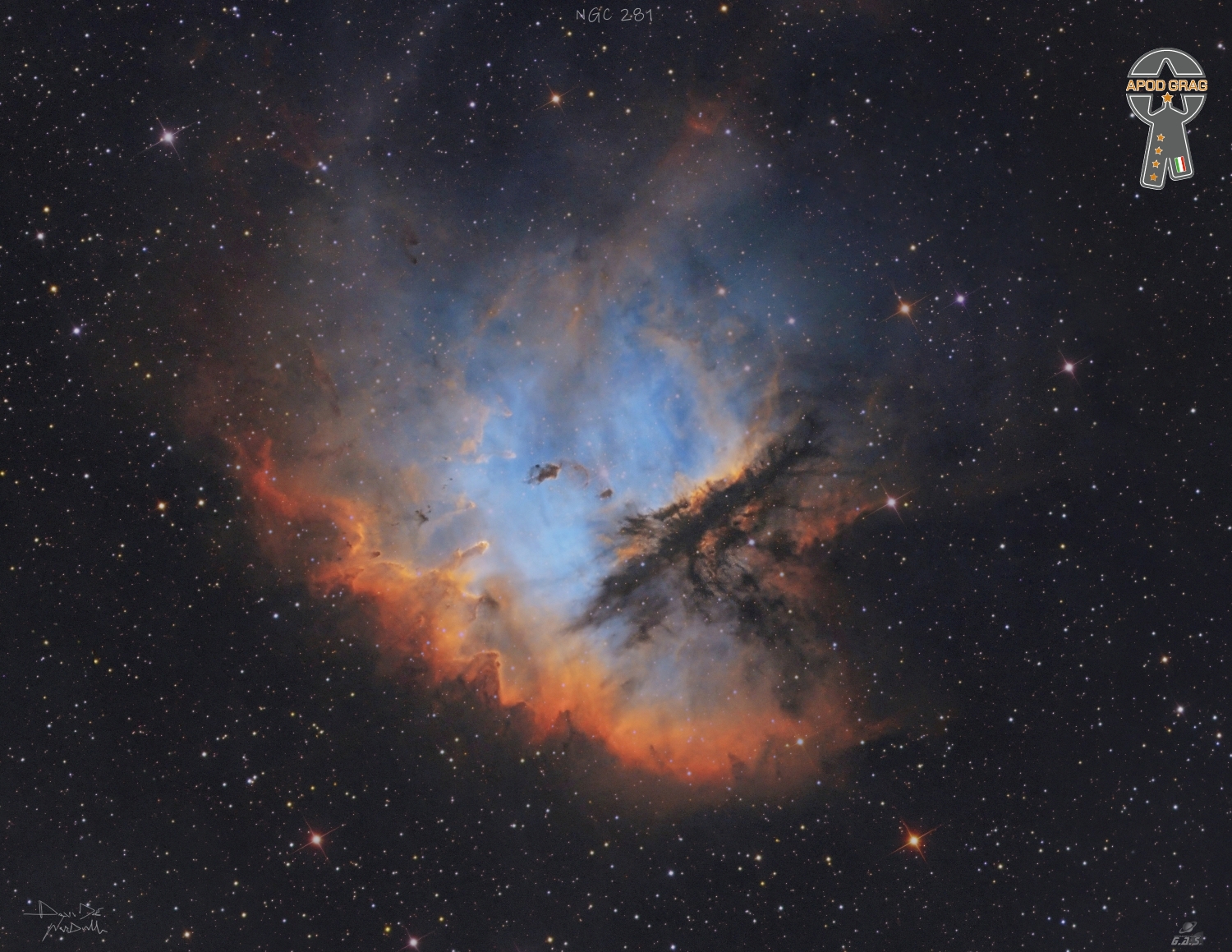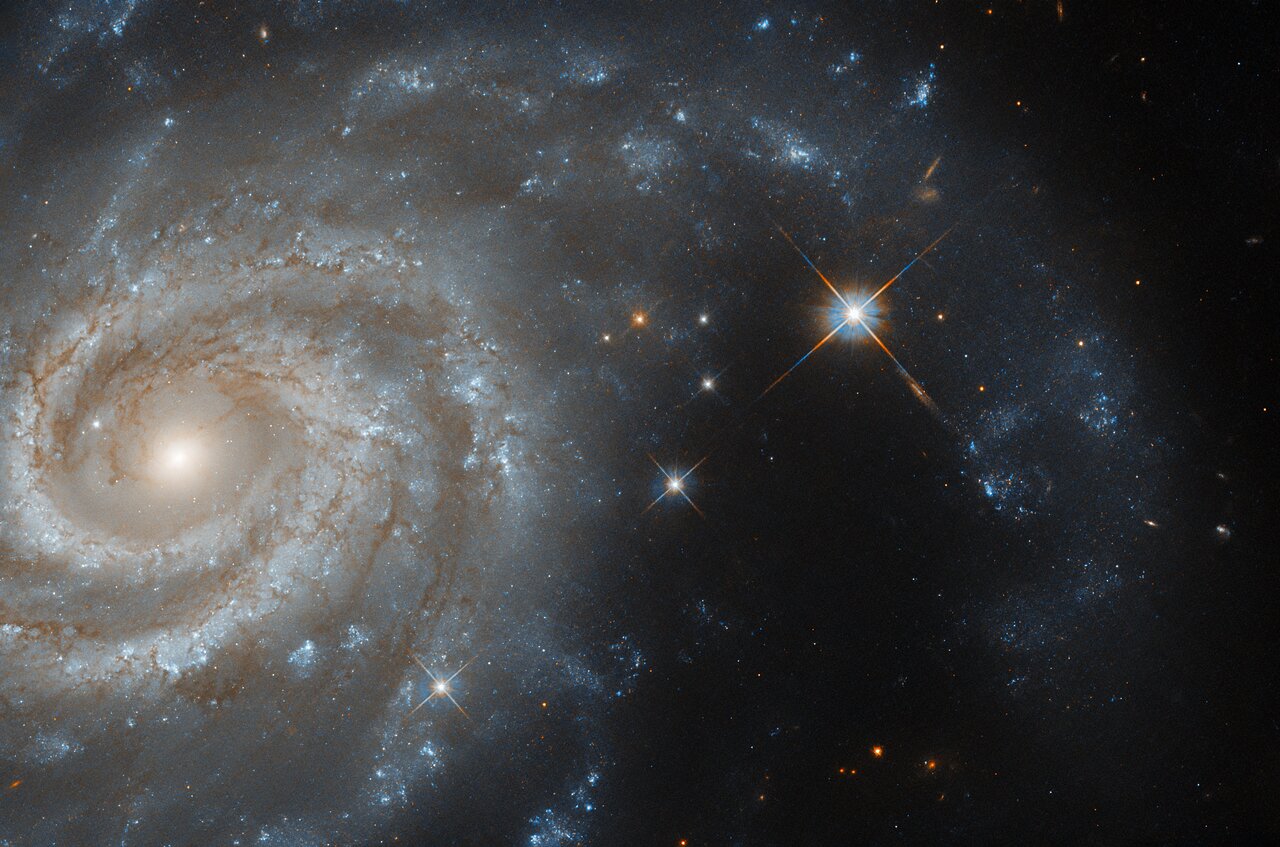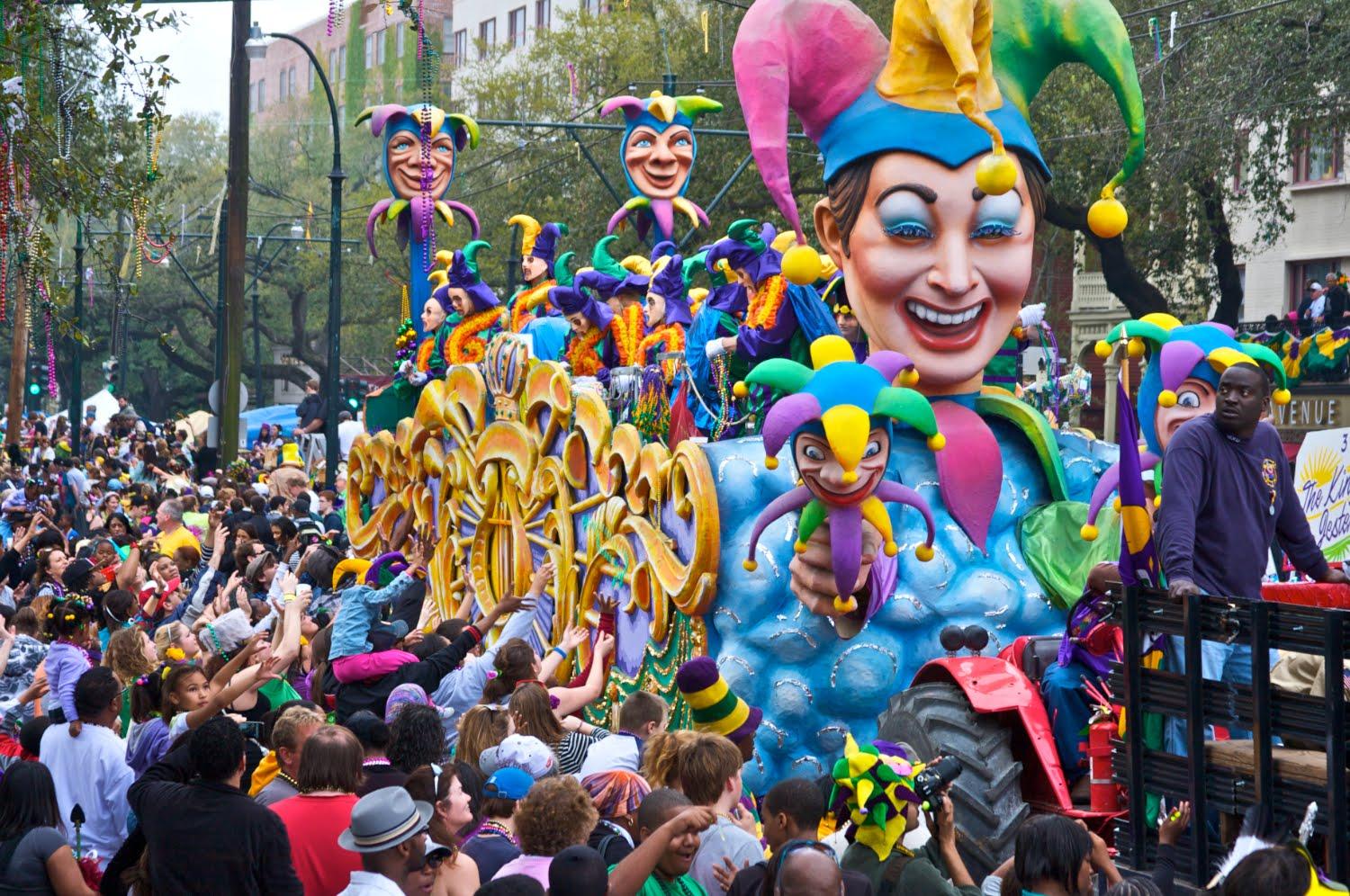Blog
Benny Golson (born January 25, 1929) is an American bebop/hard bop jazz tenor saxophonist, composer, and arranger. He came to prominence with the big bands of Lionel Hampton and Dizzy Gillespie, more as a writer than a performer, before launching his solo career. Golson is known for co-founding and co-leading The Jazztet with trumpeter Art Farmer in 1959. From the late 1960s through the 1970s Golson was in demand as an arranger for film and television and thus was less active as a performer, but he and Farmer re-formed the Jazztet in 1982. Many of Golson’s compositions have become jazz standards including “I Remember Clifford“, “Blues March“, “Stablemates“, “Whisper Not“, “Along Came Betty”, and “Killer Joe”. He is regarded as “one of the most significant contributors” to the development of hard bop jazz, and was a recipient of a Grammy Trustees Award in 2021.
more...
Antônio Carlos Brasileiro de Almeida Jobim (25 January 1927 – 8 December 1994), also known as Tom Jobim , was a Brazilian composer, pianist, guitarist, songwriter, arranger, and singer. Considered one of the great exponents of Brazilian music, Jobim internationalized bossa nova and, with the help of important American artists, merged it with jazz in the 1960s to create a new sound, with popular success. As a result, he is sometimes known as the “father of bossa nova”.
Jobim was a primary force behind the creation of the bossa nova style, and his songs have been performed by many singers and instrumentalists internationally since the early 1960s.
In 1965, the album Getz/Gilberto was the first jazz record to win the Grammy Award for Album of the Year. It also won Best Jazz Instrumental Album – Individual or Group and Best Engineered Album, Non-Classical. The album’s single “Garota de Ipanema (The Girl from Ipanema)“, composed by Jobim, has become one of the most recorded songs of all time, and the album won the Record of the Year. Jobim composed many songs that are now included in jazz and pop standard repertoires. “Garota de Ipanema” has been recorded over 240 times by other artists. His 1967 album with Frank Sinatra, Francis Albert Sinatra & Antônio Carlos Jobim, was nominated for Album of the Year in 1968.
more...John Adam Estes (January 25, 1899 or 1900 – June 5, 1977), performing as Sleepy John Estes, was an American blues guitarist, songwriter and vocalist. His music influenced such artists as The Beatles, Bob Dylan and Led Zeppelin.
Estes was born in Ripley, Tennessee, either in 1899 (the date on his gravestone) or 1900 (the date on his World War I draft card). In 1915, his father, a sharecropper who played guitar, moved the family to Brownsville, Tennessee. Not long after, Estes lost the sight in his right eye when a friend threw a rock at him. At the age of 19, while working as a field hand, he began to perform professionally, mostly at parties and picnics, with the accompaniment of Hammie Nixon, a harmonica player, and James “Yank” Rachell, a guitarist and mandolin player. Estes continued to work on and off with both musicians for more than fifty years. He also performed in medicine shows with Willie Newbern.
more...NGC 281, IC 11 or Sh2-184 is a bright emission nebula and part of an H II region in the northern constellation of Cassiopeia and is part of the Milky Way‘s Perseus Spiral Arm. This 20×30 arcmin sized nebulosity is also associated with open cluster IC 1590, several Bok globules and the multiple star, B 1. It collectively forms Sh2-184, spanning over a larger area of 40 arcmin. A recent distance from radio parallaxes of water masers at 22 GHz made during 2014 is estimated it lies 2.82±0.20 kpc. (9200 ly.) from us. Colloquially, NGC 281 is also known as the Pacman Nebula for its resemblance to the video game character.

Aaron Joseph Neville (born January 24, 1941) is an American R&B and soul singer. He has had four platinum albums and four Top 10 hits in the United States, including three that reached number one on Billboard‘s Adult Contemporary chart. “Tell It Like It Is”, from 1966, also reached the top position on the Soul chart for five weeks.
He has also recorded with his brothers Art, Charles, and Cyril as the Neville Brothers and is the father of singer/keyboards player Ivan Neville.
The first of his singles that was given airplay outside of New Orleans was “Over You” (Minit, 1960). Neville’s first major hit single was “Tell It Like It Is“, released on a small New Orleans label, Par-Lo, co-owned by local musician/arranger George Davis, a friend from school, and band-leader Lee Diamond. The song topped Billboard‘s R&B chart for five weeks in 1967 and also reached No. 2 on the Billboard Hot 100(behind “I’m a Believer” by the Monkees). It sold over one million copies, and was awarded a gold disc. It was not the label’s only release, as some sources claim. At least five other Par-Lo singles, three of them by Neville himself, are known to exist.
more...Joe Albany (born Joseph Albani; January 24, 1924 – January 12, 1988) was an American modern jazz pianist who played bebop with Charlie Parker as well as being a leader on his own recordings.
Born in Atlantic City, New Jersey, Albany studied piano as a child and, by 1943, was working on the West Coast in Benny Carter‘s orchestra. In 1946, Lester Young recorded with Albany as his pianist, for Aladdin Records. Also that year, he played at least once with Parker and then 20-year-old Miles Davis. He continued for a few years afterward, and in 1957 recorded an album for Riverside with an unusual trio line-up with saxophonist Warne Marsh and Bob Whitlock on bass, omitting a drummer.
more...James Robert Forrest Jr. (January 24, 1920 – August 26, 1980) was an American jazz musician, who played tenor saxophone throughout his career. Forrest is known for his first solo recording of “Night Train“. It reached No. 1 on the Billboard R&B chart in March 1952, and stayed at the top for seven weeks. “Hey Mrs. Jones” (No. 3 R&B) and “Bolo Blues” were his other hits. All were made for United Records, for which he recorded between 1951 and 1953; he recorded frequently as both a sideman and a bandleader.
Born in St. Louis, Missouri, United States, Forrest played alongside Fate Marable as a young man. He was with Jay McShann in 1940-42 and with Andy Kirk from 1942 until 1948 when he joined Duke Ellington.
more...This image contains the Pleiades star cluster, Barnard’s Loop, Horsehead Nebula, Orion Nebula, Rosette Nebula, Cone Nebula, Rigel, Jellyfish Nebula, Monkey Head Nebula, Flaming Star Nebula, Tadpole Nebula, Aldebaran, Simeis 147, Seagull Nebula and the California Nebula. To find their real locations, here is an annotated image version. The reason this task might be difficult is similar to the reason it is initially hard to identify familiar constellations in a very dark sky: the tapestry of our night sky has an extremely deep hidden complexity. The featured composite reveals some of this complexity in a mosaic of 28 images taken over 800 hours from dark skies over Arizona, USA.

Gary Burton (born January 23, 1943) is an American jazz vibraphonist, composer, and educator. Burton developed a pianistic style of four-mallet technique as an alternative to the prevailing two-mallet technique. This approach caused him to be heralded as an innovator, and his sound and technique are widely imitated. He is also known for pioneering fusion jazz and popularizing the duet format in jazz, as well as being a major figure in music education from his 30 years teaching at the Berklee College of Music.
Burton was born in Anderson, Indiana, United States. Beginning music at six years old, he mostly taught himself to play marimba and vibraphone. He began studying piano at age sixteen while finishing high school at Princeton Community High School in Princeton, Indiana (1956–60). He has cited jazz pianist Bill Evans as the inspiration for his approach to the vibraphone.
more...Curtis Counce (January 23, 1926 – July 31, 1963) was an American hard bop and West Coast jazzdouble bassist. Counce was born in Kansas City, Missouri and moved to California in 1945. He began recording in 1946 with Lester Young, and in the 1950s in Los Angeles with musicians such as Shorty Rogers, Stan Kenton,Shelly Manne, Lyle Murphy, Teddy Charles, and Clifford Brown. Counce formed his quintet in 1956 featuring tenor saxophonist Harold Land, trumpeter Jack Sheldon, pianist Carl Perkins and drummer Frank Butler. Elmo Hope replaced Perkins after his death at age 29 in 1958.Gerald Wilson replaced Sheldon on some recordings. The four albums originally released on Contemporary Records were reissued in 2006 on a double CD by Gambit Spain. Counce died in Los Angeles, California, of a heart attack. He was survived by his wife, Mildred Counce, his daughter, Celeste Counce, and a son. Counce’s son, born April 10, 1961, was placed for adoption by his biological mother. Curtis knew of his son, but due to his life circumstances, Counce could not be a part of his life. Curtis’s son died on January 23, 2022.
more...This image shows the spiral galaxy IC 438, which lies about 130 million light-years from Earth in the constellation Lepus (the Hare). Lepus lies just south of the celestial equator (the ring around the middle of Earth that falls at right angles to its rotation axis). Appropriately, Lepus is flanked by the constellations Canis Major (the Greater Dog) and Orion (the Hunter), whilst Canis Minor (the Lesser Dog) lies very nearby, meaning that in artistic representations of the constellations, Lepus is often shown as being pursued by Orion and his two hunting dogs.
Lepus is one of the 88 constellations that are officially recognised by the International Astronomical Union (IAU). It is worth clarifying that, whilst the actual constellations themselves only comprise a handful of stars, the area of sky covered by those stars is often referred to using the name of the constellation. For example, when we say that IC 438 is in Lepus, we do not mean that the galaxy is part of the constellation — perhaps obviously, as it is not a single star, but an entire galaxy! Rather, we mean that it falls in the region of sky covered by the Lepus constellation stars.
The IAU’s 88 official constellations are by no means the only constellations ever described by humanity. Humans have been studying and naming the stars for a very long time, and different cultures of course have their own constellations. The IAU constellations are Eurocentric, with many taken from Ptolemy’s list of constellations. Collectively, the 88 constellations divide the night sky into 88 regions which completely cover it, so that the approximate location of any celestial object can be described using one of the 88.
The impetus behind Hubble examining this galaxy was a type Iax supernova that took place in 2017, a kind of supernova that arises from a binary system of two stars. While this data was obtained over three years after the supernova occurred, and so it’s not visible in this image, there’s still a lot to learn from studying the aftermath of supernovae like this one.
[Image Description: A large spiral galaxy seen close-up. The left side of the image shows the galaxy’s core and its tightly-curled inner spiral arms. On the right side, one of the arms reaches down from above, curving across the dark background. There is a bright star inside the arc of the arm, and a couple more next to the galaxy.]

Eberhard Weber (born 22 January 1940, in Stuttgart, Germany) is a German double bassist and composer. As a bass player, he is known for his highly distinctive tone and phrasing. Weber’s compositions blend chamber jazz, European classical music, minimalism and ambient music, and are regarded as characteristic examples of the ECM Records sound. Weber began recording in the early 1960s, and released The Colours of Chloë (ECM 1042), his first record under his own name, in 1973. In addition to his career as a musician, he also worked for many years as a television and theater director. He has designed an electric-acoustic bass with an additional string tuned to C.
more...
Samuel Cook (January 22, 1931 – December 11, 1964), known professionally as Sam Cooke, was an American singer and songwriter. Considered one of the most influential soul artists of all time, Cooke is commonly referred to as the “King of Soul” for his distinctive vocals, pioneering contributions to the genre, and significance in popular music. During his eight-year career, Cooke released 29 singles that charted in the Top 40 of the Billboard Pop Singles chart, as well as 20 singles in the Top Ten of Billboard‘s Black Singles chart. In 1964, Cooke was shot and killed by the manager of a motel in Los Angeles. After an inquest and investigation, the courts ruled Cooke’s death to be a justifiable homicide. His family has since questioned the circumstances of his death. Cooke is included on Billboard‘s 2015 list of the 35 greatest R&B artists of all time. Sam Cooke was born Samuel Cook in Clarksdale, Mississippi, in 1931 (he added the “e” to his last name in 1957 to signify a new start to his life).
more...J. J. Johnson (January 22, 1924 – February 4, 2001), born James Louis Johnson and also known as Jay Jay Johnson, was an American jazz trombonist, composer and arranger. Johnson was one of the earliest trombonists to embrace bebop.
After studying the piano beginning at age 9, Johnson decided to play trombone at the age of 14. In 1941, he began his professional career with Clarence Love, and then played with Snookum Russell in 1942. In Russell’s band, he met the trumpeter Fats Navarro, who influenced him to play in the style of the tenor saxophonist Lester Young. Johnson played in Benny Carter‘s orchestra between 1942 and 1945, and made his first recordings in 1943 under Carter’s leadership, recording his first solo (on “Love for Sale”) in October 1943. In 1944, he took part in the first Jazz at the Philharmonic concert, presented in Los Angeles and organized by Norman Granz. In 1945, he joined the big band of Count Basie, touring and recording with him until 1946.
more...More Posts
- Harold Mabern Day
- Marian McPartland Day
- World Music with ‘Rada,’ Rubén Omár Rada Silva
- Daily Roots with Sound Dimension
- The Cosmos with Abell 370
- Lennie Tristano Day
- Curly Russell Day
- World Music with L’Arpeggiata
- Daily Roots with Lester Sterling
- The Cosmos with NGC 6902
- Andy Narell Day
- Bill Frisell Day
- Wilson Pickett Day
- World Music with Kailash Sharma
- Daily Roots with Karl Bryan & The Afrokats
- Happy St Patricks Day 2019
- The Cosmos with NGC 6188
- Love Lee Day
- Nat King Cole Day
- Sayed Darwish Day
